An incinerator furnace's many applications
Nearly 90 percent of the waste created by any sector is disposed of by incinerators, making them an important tool in waste management.
The quality of garbage may be reduced by using incinerators. There is less of a population reduction via incineration than there is from dumping solid garbage. When it comes to transporting garbage, most incinerator schemes can only be found in large cities and towns.
Sedimentation tanks and aeration tanks; filtration systems; septic tanks; desalination plants; and incinerators are only some of the treatment systems that are part of the large network of aqueduct, reservoir, water distribution pipes, sewage pipes, and pumping stations.
Both human health and environmental quality are safeguarded by these municipal activities. Waterborne illnesses including cholera, dysentery, and typhoid fever may be prevented by ensuring that drinking water is properly disinfected and that waste is properly disposed of. Similarly, removing polluting gases and particles from the air as they are formed avoids both human health and environmental harm.
Equipment like fabric filters, scrubbers, and electrostatic precipitators are used in modern incinerators to remove fly ash and gaseous impurities from the air. By discharging the cleaned flue gases at a higher altitude, tall chimney stacks help reduce air pollution by increasing dilution and dispersion.
Just how do they work?
Even though incinerators come in a wide number of configurations, they typically have many components. An afterburner (secondary combustion chamber), a rotating kiln, and an air pollution control and monitoring system are all included in this process. Of course, the incinerator needs a waste product, either solid or liquid, to burn. Although a garbage incinerator is a complex mechanical process, it must be regularly checked and maintained up to date if it is to work correctly.

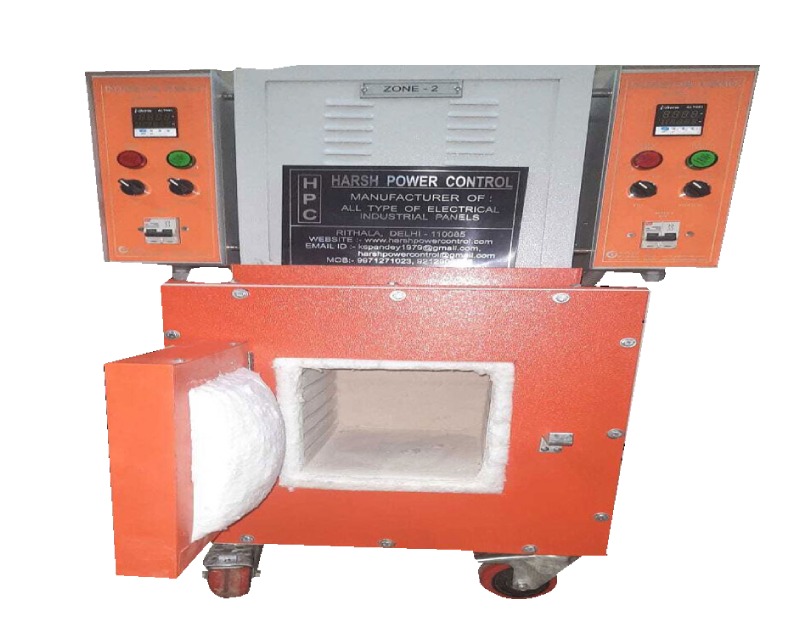


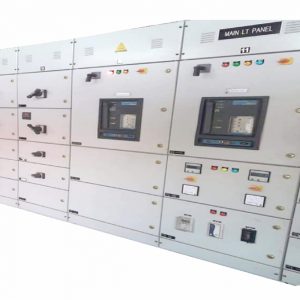


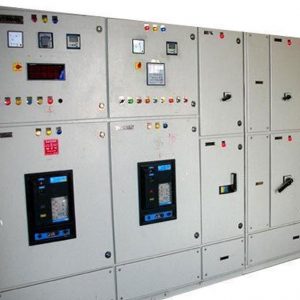
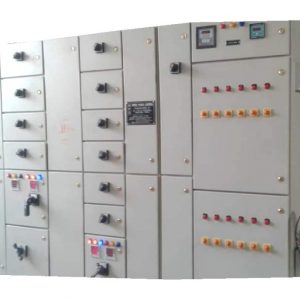
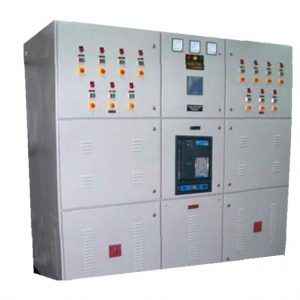
Reviews
There are no reviews yet.